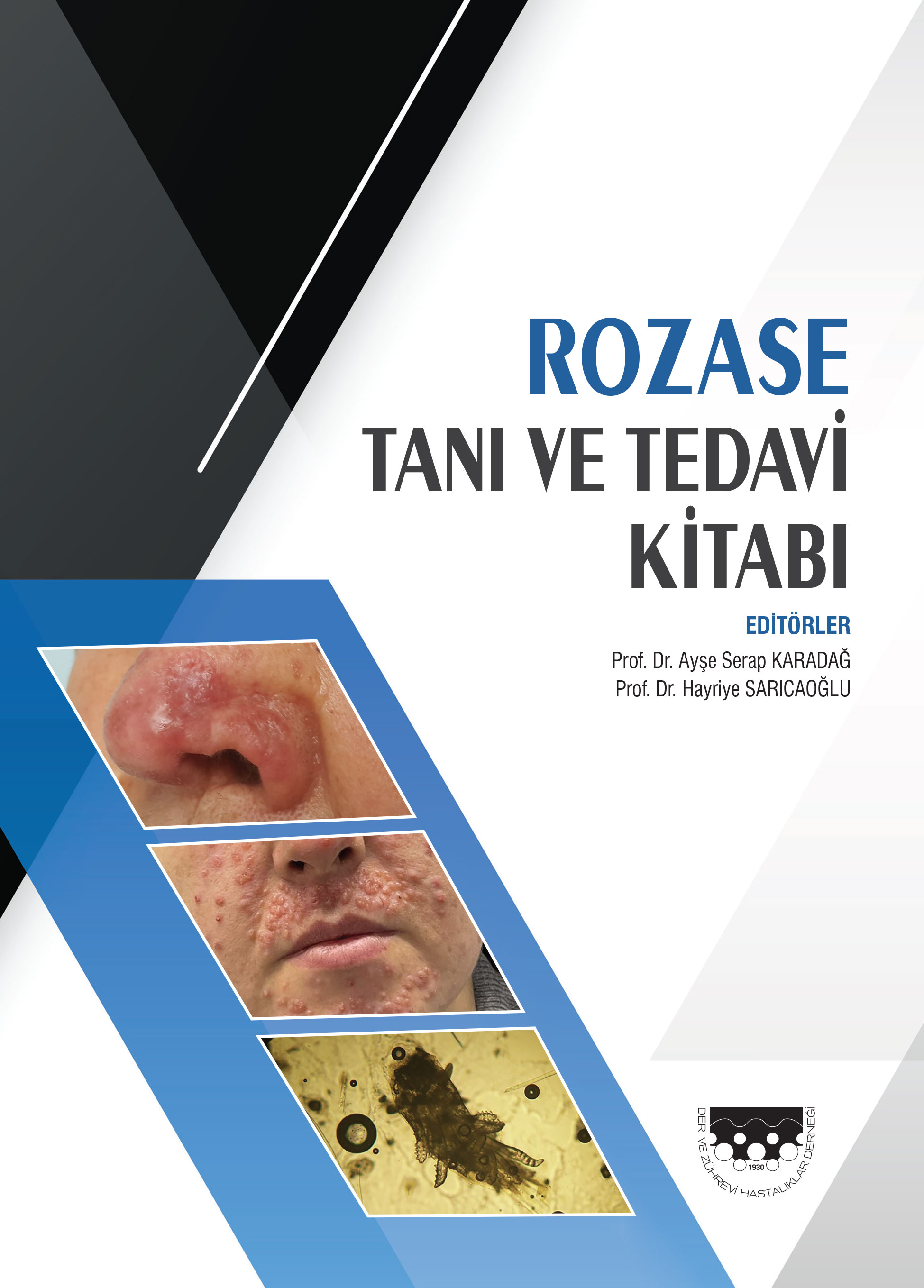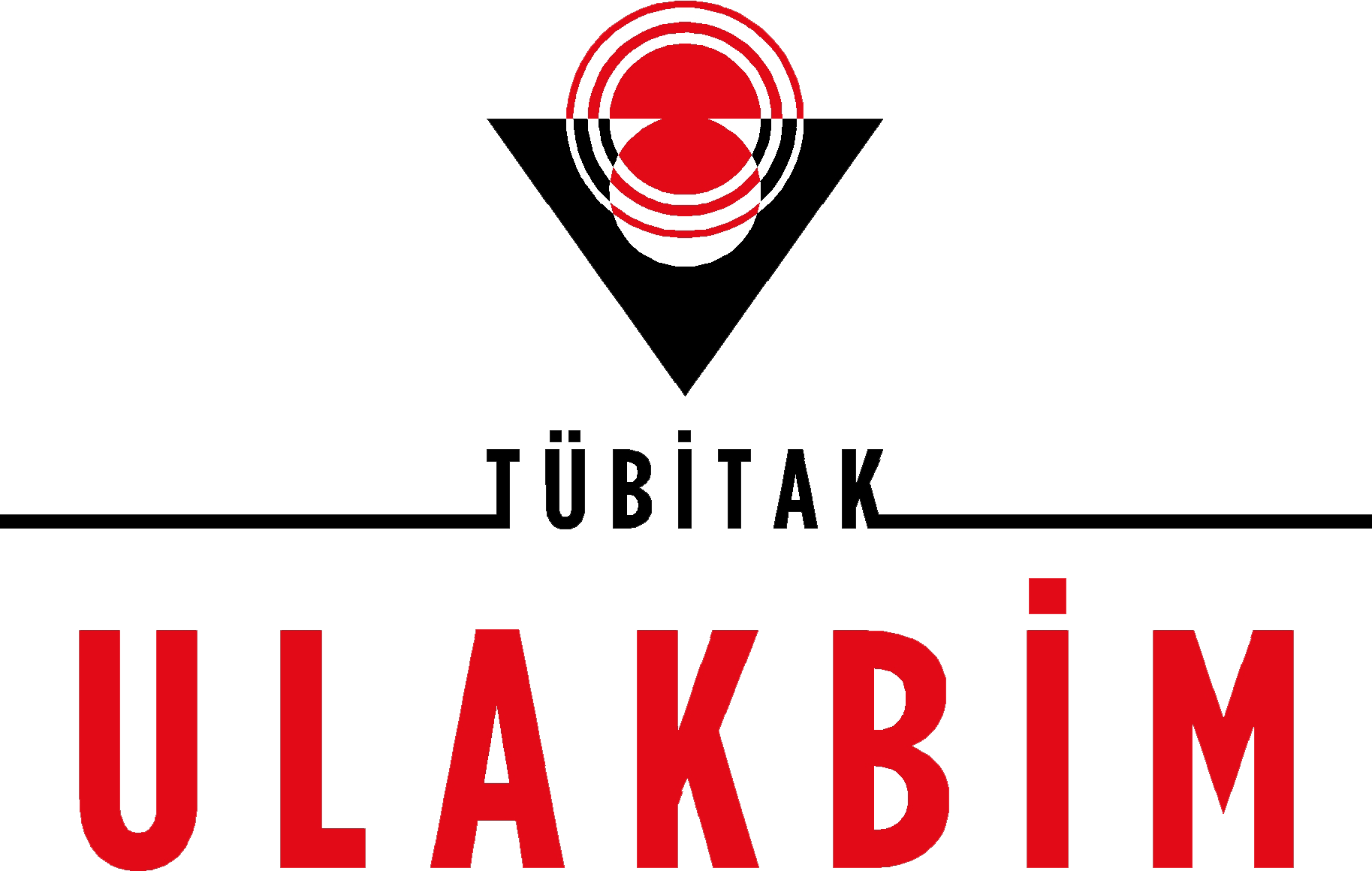Cutaneous Manifestations in Renal Transplant Recipients
Elif Fatma Demirgüneş1, Sibel Ersoy Evans1, Rahmi Yılmaz2, Sedef Şahin1, Ünal Yasavul21Hacettepe University Department Of Dermatology2Hacettepe University Department Of Internal Medicine Nephrology Unit
Background and Design: This study is designed to determine the prevalence and the clinical spectrum of skin diseases in renal transplant recipients (RTRs).
MATERIAL-METHOD: In this study RTRs who were referred to our department between 2005 and 2007 for dermatologic examination were evaluated. Dermatologic investigation included direct clinical observation and culture or histolopathological investigation when indicated. Patients were divided into three groups: group A, post-transplantation periods £1 year; group B, post-transplantation periods of 1-5 years; and group C, post-transplantation periods >5 years.
RESULTS: In this study 88 (M=50, F=38) RTRs were evaluated. The mean age was 37 ± 12 years and the median interval since transplantation was 38.5 months (range=1 month-27 years). Over a 2-year period 298 cutaneous manifestations were identified. Ninety-five immunosuppressive (IS) drug-related manifestations were observed in 58 (%65.9) patients and the most common one was acneiform eruption (n=23). Forty (45.5%) patients developed cutaneous viral infections, consisting of verruca vulgaris (n=29), herpes zoster (n=9), herpes simplex (n=5), molluscum (n=2) and varicella (n=1) infections. Superficial fungal infections were observed in 35(39.2%) patients, most common lesions were dermatophytosis (n = 23) and pityriasis versicolor (n=17). Bacterial infections were observed in 14 (%16) patients, folliculitis was present in 12 of them. Premalignant and malignant lesions were identified in 12 (%13.6) patients, consisting of actinic keratoses (n=9), basal cell carcinoma (n=2), squamous cell carcinoma (n=1) and Kaposi's sarcoma (n=1). There were more premalignant and malignant lesions in patients receiving azathioprine (p=0.002). Cutaneous viral infections were more common in group C (p=0.023) and IS drug-related manifestations were more common in group A (p=0.003).
CONCLUSION: Most common cutaneous manifestation among RTRs was IS drug-related and seen in early post-transplantation period. Warts were the most common manifestation in late post-transplantation period.
Renal Transplantasyon Hastalarında Gözlenen Deri Bulguları
Elif Fatma Demirgüneş1, Sibel Ersoy Evans1, Rahmi Yılmaz2, Sedef Şahin1, Ünal Yasavul21Hacettepe Üniversitesi Deri ve Zührevi Hastalıklar Anabilim Dalı2Hacettepe Üniversitesi İç Hastalıkları Anabilim Dalı Nefroloji Ünitesi
AMAÇ: Bu çalışmada merkezimizde renal transplantasyon (RT) yapılan hastalarda gözlenen deri bulgularının klinik özellikleri ve prevalansını belirlemek amaçlanmıştır.
GEREÇ-YÖNTEM: Çalışmaya, RT nedeniyle izlenmekte olup 2005-2007 tarihleri arasında dermatolojiye konsülte edilen hastalar alındı. Tüm hastalara dermatolojik muayene yapıldı, gerektiğinde kültür alındı ve histopatolojik inceleme yapıldı. Hastalar; RT süresi ≤1 yıl, (grup A); RT süresi 1-5 yıl, (grup B); RT süresi >5 yıl, (grup C) olacak şekilde gruplandı. Sonuçlar ki-kare testi ile değerlendirildi.
BULGULAR: Çalışmaya alınan 88 (E=50, K=38) hastanın yaş ortalaması 37±12 yıldı ve RT süresi ortancası 38.5 aydı (aralık: 1 ay-27 yıl). İki yıllık izlem süresince saptanan deri bulgusu sayısı 289 idi. İmmünsüpresif tedavi (İT) ilişkili deri bulguları 58 (%65.9) hastada, 95 lezyon olarak izlendi ve bunlar arasında en sık gözleneni akne (n=29) idi. Kırk (%45.5) hastada; verrü (n=34), herpes zoster (n=9), herpes simpleks (n=5), molluskum (n=2) ve variselladan (n=1) oluşan viral deri enfeksiyonu gözlendi. Yüzeyel fungal enfeksiyon 35 (%39.8) hastada, en sık dermatofitoz (n=23) ve pitriyazis versikolor (n=17) şeklindeydi. Bakteriyel enfeksiyon saptanan 14 (%15.9) hastanın, 12sinde follikülit mevcuttu. Premalin ve malin lezyon izlenen 12 (%13.6) hastada; 9 aktinik keratoz, 3 bazal hücreli kanser, bir skuamöz hücreli kanser ve bir Kaposi sarkomu saptandı. Azatiyopürin kullanan hastalarda kullanmayanlara göre daha fazla premalin ve malin lezyon olduğu saptandı (p=0.002). Viral enfeksiyonların Grup C de (p=0.023), İT ilişkili deri bulgularının ise Grup A da (p=0.003) daha sık olduğu gözlendi.
SONUÇ: RT hastalarında en sık gözlenen deri bulguları İT ilişkili deri bulgularıdır ve çoğunlukla erken dönemde ortaya çıkmaktadır. Verrüler ise geç dönemde gözlenmekte olan en sık deri bulgusudur.
Manuscript Language: Turkish























